Kalamaja is a trendy and increasingly desirable area of Tallinn. It lies north and west of the Old Town, roughly from Linnahall in the east to Volta in the west, but also stretches as far south as the south end of Telliskivi. The notes below convey something of its seductive appeal.
We walked along Soo because Soo led into the up and coming area of Kalamaja. We had in mind a bar for a drink, but the bar no longer seemed to exist. Moreover, because Soo led into an overwhelmingly residential part of Kalamaja, for a while we thought we would draw a complete blank. However, we saw a bar called Tops at a crossroads. It had attracted a lot of customers, most of whom were either young professionals or older middle class couples. We ordered two beers and found somewhere to sit. Being very much a bar for middle class people, prices were a little higher than we were used to in Riga, but they were on a par with many similar but less interesting places in the UK. The bar had the atmosphere of a cafe rather than that of a pub, and the decoration evoked that of a house rather than somewhere for public use. With its light and airy appearance, Tops was essentially Scandinavian in character. Most of the furniture derived from the 1970s and 1980s, which, as we found during the days ahead, was all the rage among the hip young things of Tallinn (unless the hip young things preferred furniture dating from the 1950s and 1960s). The bar was female-friendly, so much so that as many women as men were drinking and eating (tea was almost as popular as beer). Our introduction to Tallinn in general, and Kalamaja more specifically, was very encouraging.
We walked the short distance to Balti Jaam (Tallinn’s main railway station), then continued south-west to Telliskivi, a street on the edge of Kalamaja which had some restaurants we were keen to try before returning to Riga. We found an interesting mixture of residential, commercial and industrial buildings with railway tracks leading to and from a large marshalling yard. We were reminded of small cities in the US where landmark buildings often existed in areas with a little bit of edge. Some of the local shops occupied one-time industrial buildings and stocked unusual clothes, furniture and items for the kitchen. Telliskivi seemed to be a magnet for some of Tallinn’s most hip and artistic young professionals. Moreover, the restaurants looked very good.
We caught a tram as far as Volta, which seemed to mark the western edge of Kalamaja. We walked along Volta and began a meandering stroll to the hotel via streets which became less industrial and more residential the closer we got to our destination. Between the Volta tram stop and the seaplane harbour to the north, Kalamaja had very few shops, bars, cafes or restaurants, but there was a fascinating mixture of housing. Some Soviet-era apartment blocks were along or near Volta, as were a few shabby or abandoned factories, but old and new houses and enviably designed modern apartment blocks dominated the streets both sides of Soo. We were warming to Kalamaja with every encounter, no matter how brief the encounter was. Once an area in which a considerable number of poor or troubled people used to live, the latter with drug, alcohol or mental health problems, such people were now being edged out as land values increased. People in other parts of Tallinn recognised the appeal of living so close to Toompea and the Old Town, but in an area very different in character and socio-economic structure (Kalamaja was the hip place to be in Tallinn), and the beneficiaries of capitalist economics were attracted by the restoration of old properties and the construction of new ones, the latter blending successfully with the old because of their similar scale and appearance. It was always sad when long-standing local people were edged out of neighbourhoods as cities slowly developed and transformed, but such dislocation had been a harsh fact of life since people started to live together in large numbers. It would not surprise me if some of Kalamaja’s poorest people found their way into the less attractive housing further west along the tram route to Kopli.
My thanks to Külli in Tallinn who not only told me about the delights of Kalamaja, but also revealed that some of the city’s best restaurants were in the same area. Külli: we followed your advice and had very good meals at F-hoone and Kolm Sibulat, but also enjoyed Klaus (which is near Moon) and Bistroo Kukeke. We also went to Diip, which you could not tell me about eight months ago because it has existed for only a few weeks (correct in March 2014). Diip is very special. Moreover, we ate there on the eve of Independence Day. We had a wonderful time, not least because Estonian fruit wines are irresistible.
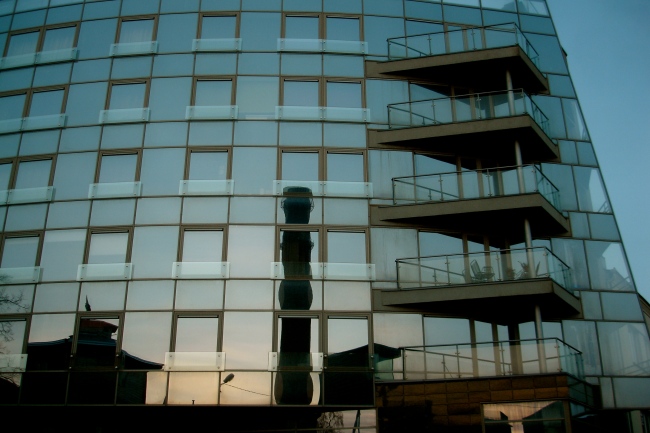
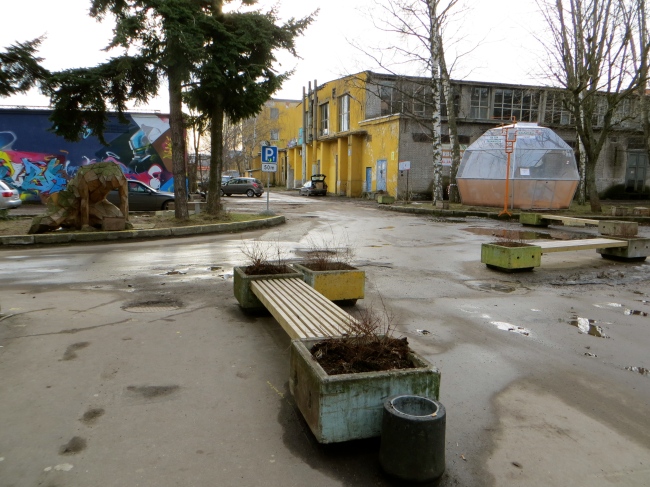
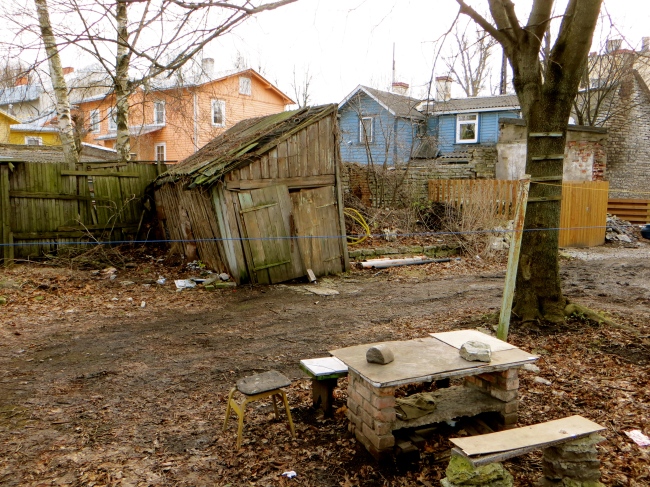
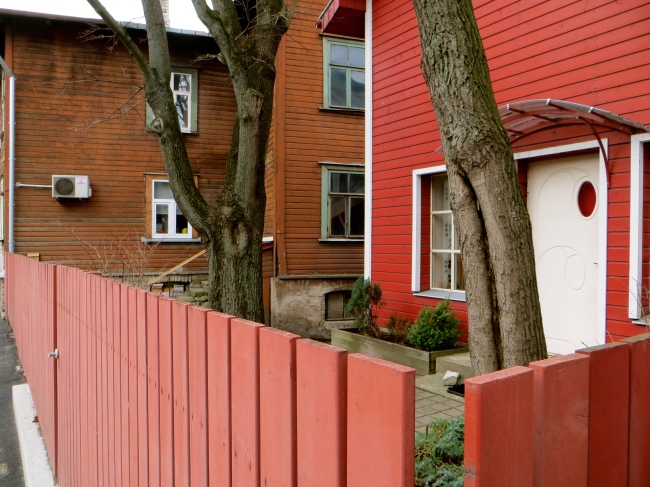
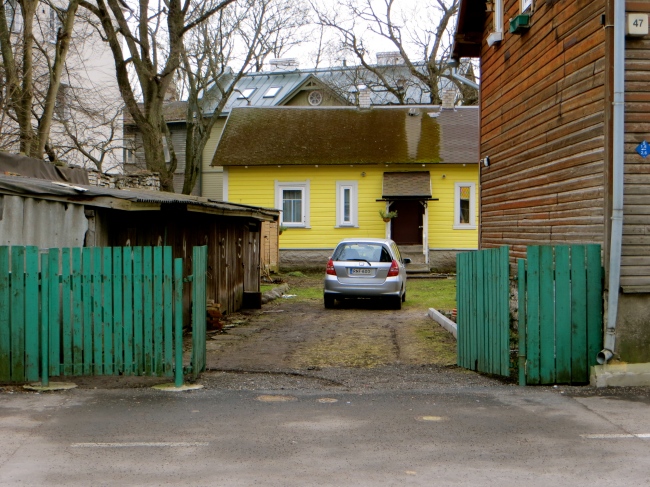
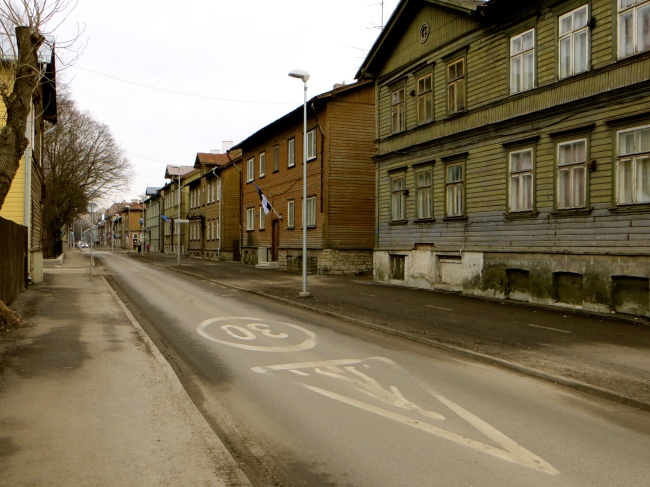

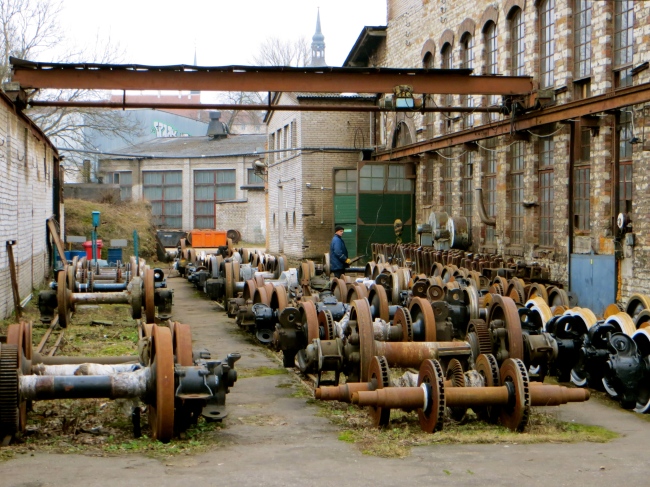
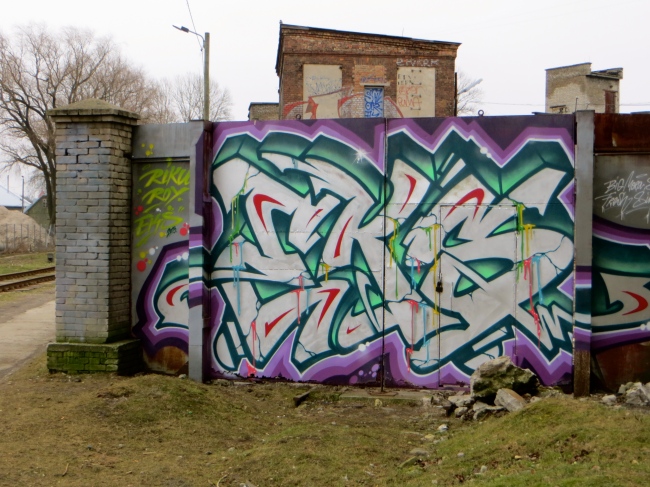
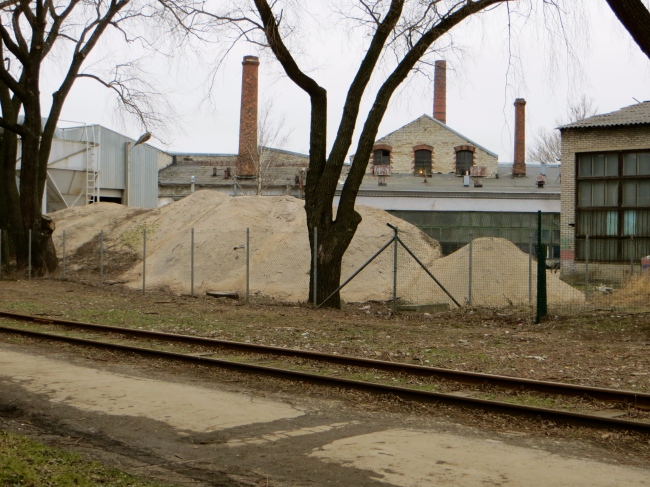
Wow! I’m so glad you liked it here.